This post may contain affiliate links. You can view our affiliate disclosure here.
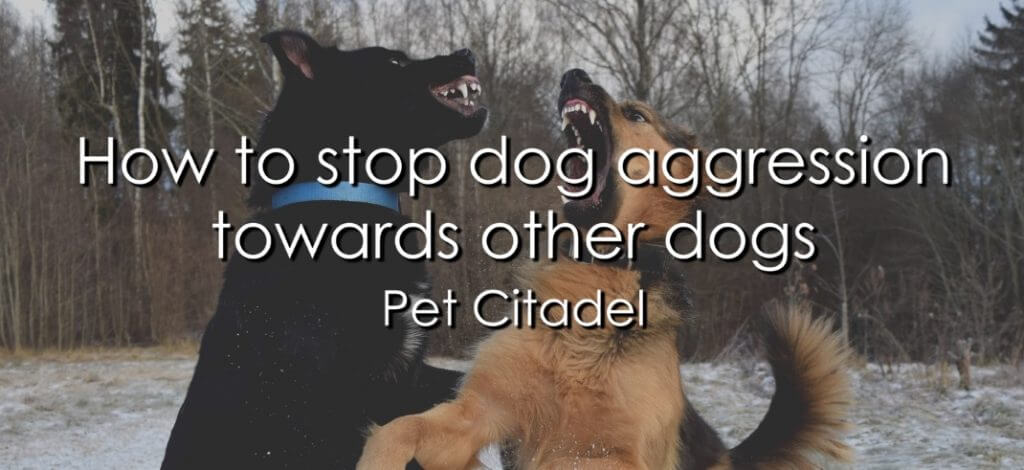
While the majority of dogs are friendly or neutral towards other dogs, it is not unusual to see a dog that exhibits the opposite behavior.
In some cases, a formerly friendly dog might start showing aggressive behaviors towards other dogs.
This behavior can be very dangerous if it results in a dog fight and injuries. It ruins the intended calm and pleasant walks with your dog because you are afraid of what could happen if you meet other dogs outdoors.
If your dog is always attacking or showing aggression to other dogs, you need to do something about it as soon as possible. Treat this issue with the utmost urgency for the greater good of everybody.
You cannot find a solution to this problem without first identifying the root of the aggression.
But how do you go about it? We at Pet Citadel have you covered.
Types Of Dog-To-Dog Aggression
Dog-to-dog aggression is usually accompanied by persistent and aggressive barking. The main types are:
1. Territorial Aggression
This happens if your dog acts aggressively when another dog “invades” its space or your home.
2. Possessive Aggression
Also known as resource guarding, possessive aggression happens when your dog is protecting its food, bones, chew toys, and other similar objects.
3. Fear Aggression
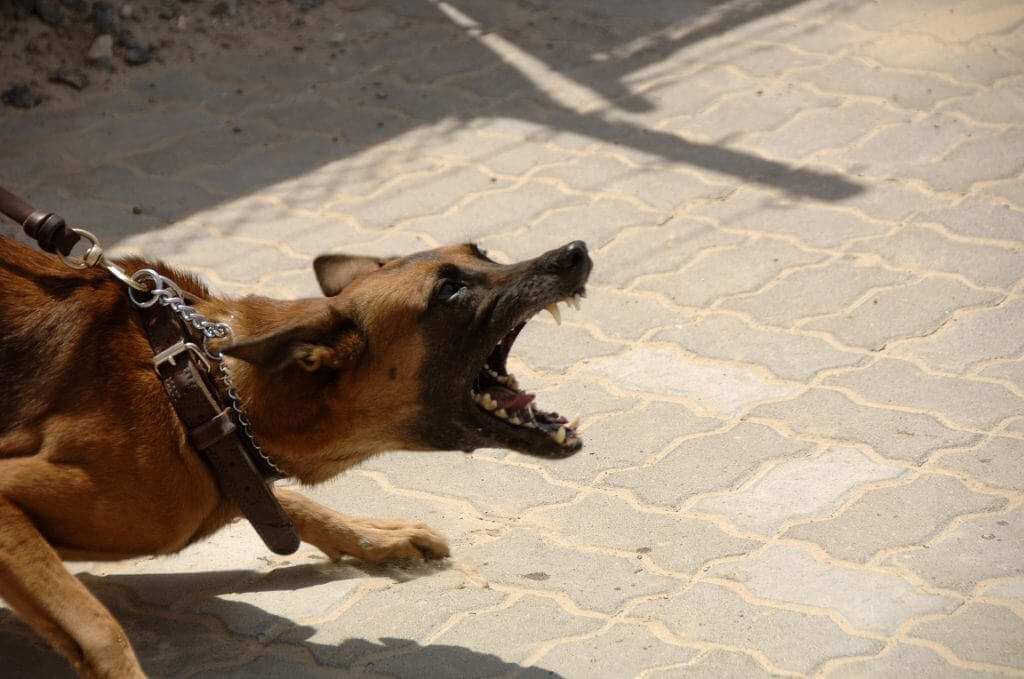
Check if your dog is fearful. If it is, it will tend to retreat when faced with a scary situation, and if cornered, it will attack the other dog.
4. Defensive Aggression
Defensive aggression occurs when a dog responds to an attack immediately, instead of retreating first.
5. Social Aggression
This happens when your dog attacks another dog in an attempt to establish a hierarchy. It is a common occurrence in dogs without proper socialization with people and other dogs.
6. Pain-Induced Aggression
If your dog has an injury, it might choose to direct the frustration brought on by the pain to other dogs.
7. Sex-Related Aggression
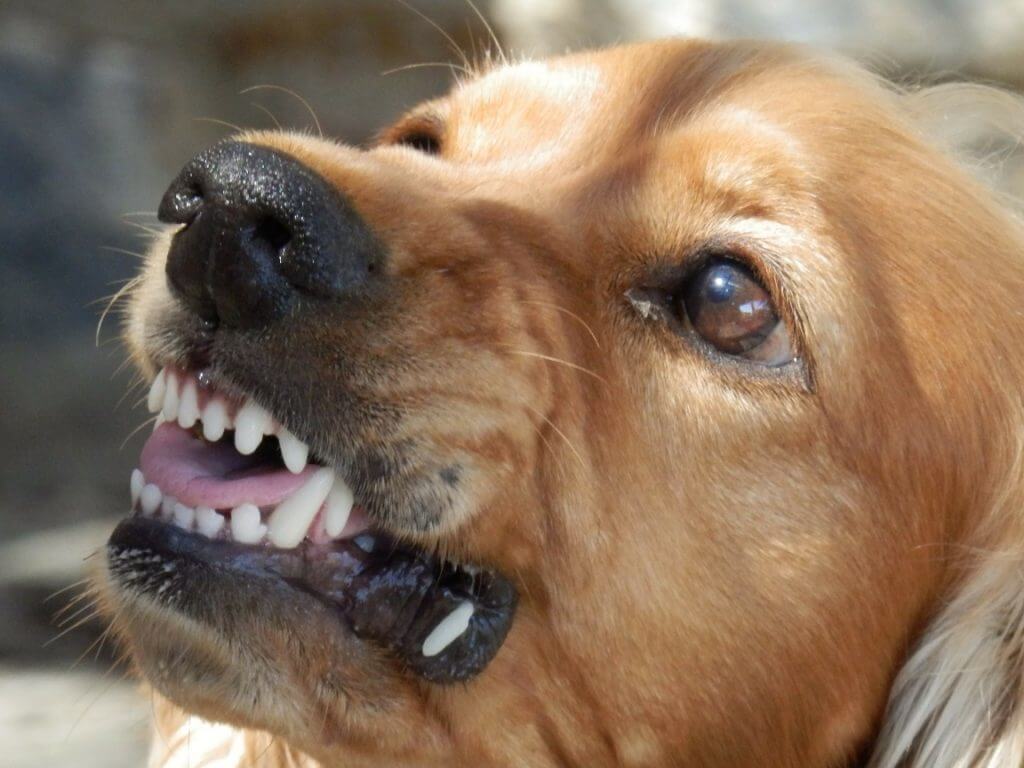
This happens when two male dogs are fighting for the attention of a female dog. A common problem among intact dogs, sex-related aggression is preventable through spaying and neutering.
Overcoming The Problem
Thankfully, there are many ways you can overcome the problem.
Here is a step-by-step guide on how to stop your dog’s aggression towards other dogs.
1. Monitor your dog.
Each time your dog becomes aggressive towards other dogs, note it down. Try to understand the circumstances surrounding this dangerous behavior and take notes on this as well.
This is the very first step towards finding a solution.
While there are different ways of managing the hostility and helping your dog to calm down, you must be patient, because it takes time and consistency.
2. Seek the intervention of a veterinarian.
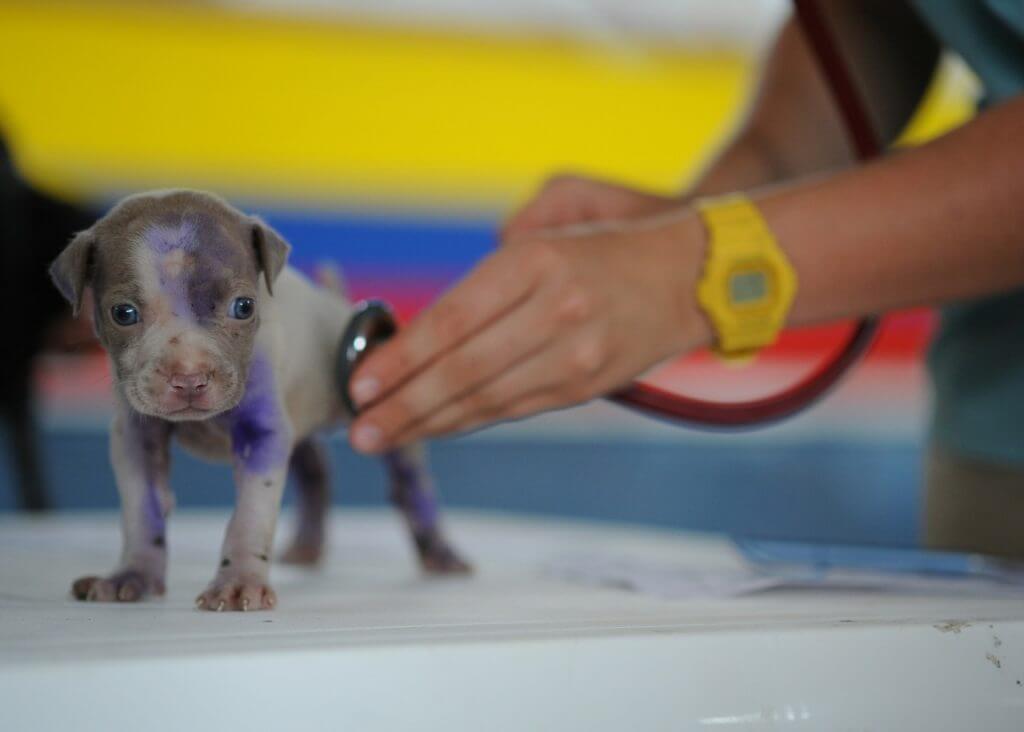
This mostly applies to an ordinarily friendly dog that develops aggressive behaviors out of nowhere. An examination by a vet will help determine if there is an underlying medical condition.
Health issues such as painful injuries, neurological problems (like brain tumors, epilepsy, and encephalitis) and hypothyroidism might be a reason for the aggression.
If your vet identifies a health problem, proper treatment will alleviate this behavior.
For instance, issues such as fear, anxiety, and stress may demand the use of medication alongside other training methods. Failure to use medicines in such a case will make your other efforts non-productive.
In any case, it is impossible to train a dog with mental/emotional instability.
3. Join an online dog training program.
If your vet has ruled out a health problem, and you don’t want to pay obscene amounts of money for a professional dog trainer, there is a very economic solution available.
A certified dog trainer with well over a decade of experience working with clients has created an online program and community for dog owners.
He is known as Doggy Dan, and he has figured out that dog aggression fundamentally boils down to learning how to calm your dog down so it can regain control of its emotions.
This dog aggression rehabilitation package is substantial, and it costs a tiny fraction of what you would pay for the services of a typical dog trainer or behaviorist.
You can alternatively read my review of Doggy Dan’s program.
4. Consult a professional dog trainer/behaviorist.
You can also engage the services of a professional to rehabilitate your dog if your veterinarian has ruled out a health problem.
An experienced animal behaviorist or dog trainer will come in handy. Understand that aggression can be a serious problem. In that case, resist the urge to fix the situation all alone.
Get some new insights on dog aggression from this Dog Whisperer video:
Chances are, you’ve not figured out the cause of your dog’s behavior. A professional will help you do it. Their experience in handling different breeds of dogs makes them the most capable in such a situation.
After establishing the cause of aggression, they will devise a plan to manage it. Your full cooperation is critical at this point. You will receive lessons on positive reinforcement so that you can offer notable contributions towards getting rid of this problem.
Your veterinarian is the best person to offer a referral for a professional dog behaviorist or trainer. You may also check out the recommendations of the Dog Associations in your locality. Colleagues, friends, and family may also come up with superb referrals.
Having several alternatives is a good thing, especially because you need to consider other factors such as the cost and availability of the professional dog trainer/behaviorist.
5. Do not punish your dog.
Resist the urge to punish your dog due to its aggression towards other dogs. You will only succeed in making the situation worse.
Do not yell at a growling dog. Hitting it is also unsafe because it might bite you to defend itself.
Any physical contact should be to break a dog’s focus and exert your authority, and should not be excessive.
6. Keep walking.
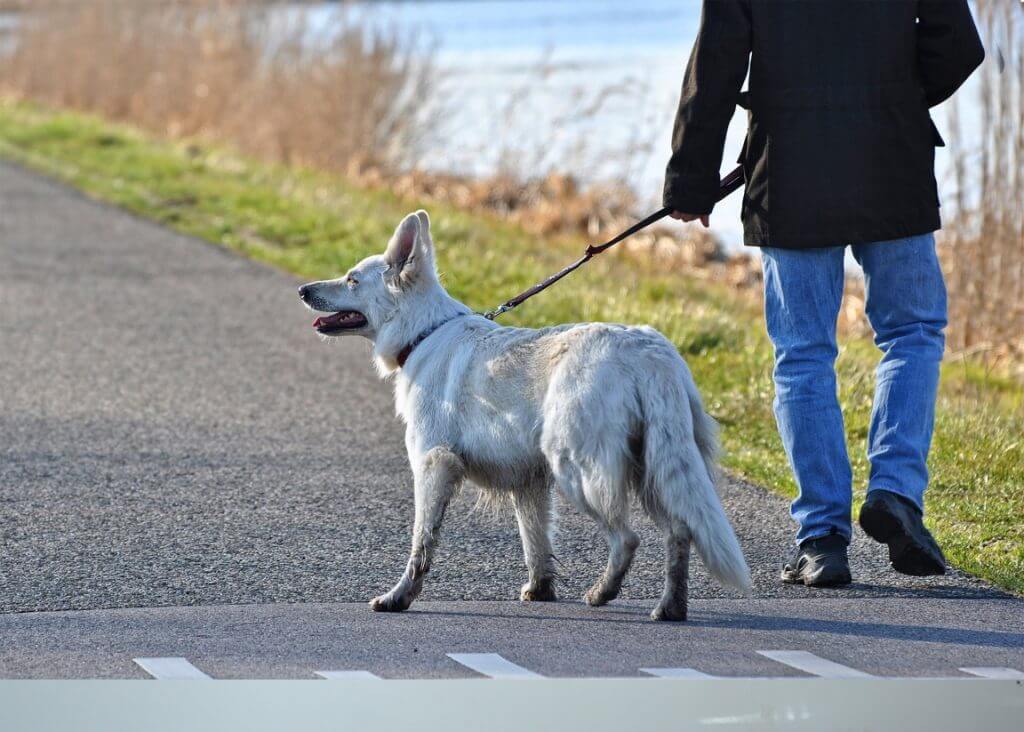
Whenever your dog becomes aggressive to another dog, hold it back firmly, exert your authority, and walk away calmly with the dog on the leash.
Unless the situation is getting out of hand, don’t put an end to your walks. By creating neutral grounds for your dog to socialize with other dogs, it gets used to seeing them, and this is likely to reduce its aggression levels.
Conclusion
Above are the best ways to handle your dog’s aggression towards other dogs.
Try to work at it every day and be consistent; this will produce the best results in the shortest amount of time. Patience is also required.
If your dog is also aggressive towards you or your family, see this article.
If you’re interested in learning about Doggy Dan’s exercise program for calming dogs down, go here. Doggy Dan has over a decade of experience handling severe dog aggression cases.




this is a pretty good article. i’m just a little confused, because in the steps section, you mention to note down the source of the aggressive behavior, and then later you talk about holding the dog back and to keep walking. can you explain this a little bit?
Sure. Of course, it’s essential to understand the root cause and triggers of your dog’s aggression. The cause will often determine what the best course of action is. At the same time, often the best way to handle dog-to-dog aggression is to be firm with your dog and keep moving forward. This helps establish you as having authority over your dog rather than the other way around. Generally, the more you do this and expose the dog to other dogs, the less aggressive they become; you’re desensitizing it to that environment in a sense. Hopefully I’ve answered your question.
Hi Kevin,
Thanks for the great article – simple but effective advice. I want to tell a bit of my story so that whoever is reading this article might be able to get something out of it.
Sparky, my Jack Russell Terrier, had a severe aggression problem, particularly towards other dogs (although she could occasionally get aggressive towards people). When she saw another dog out on the street, she would go absolutely ballistic. You would think that a small breed like a Jack wouldn’t be much of a problem, but believe me, it was. It would happen 100% of the time, without fail, and our efforts to stop it failed for the most part. Unfortunately, the reality was that we couldn’t afford a professional dog trainer – it was simply out of our budget.
A while back, I had come across the very dog training program you mention in this program, created by Doggy Dan. I was a little skeptical, but I ultimately had no doubts about giving it a shot. Our family was desperate to fix this aggression problem.
I went through Dan’s instruction and training, and also talked with fellow dog owners and dog experts on their forum. Dan’s exercises actually worked! It took consistent effort, but it was a straightforward process. After two months, Jack’s aggression problems were all but solved.
Our family is so thankful that we were able to solve this problem without breaking the bank. Jack still has occasional moments where he shows a bit of aggression to other dogs, but it hardly happens anymore. He’s doing great.
Essentially, my message for people in a similar situation with dogs that are aggressive towards other dogs: before you consider paying for a trainer or behaviourist that you can’t afford, give Doggy Dan’s aggression program a try. I was surprised by the results, and I think you will be too.
Love your content on here, Kevin. I read your articles every week.
I appreciate you sharing this, Yvette. It sounds like Sparky’s aggression problem was pretty bad. Sometimes a severe aggression problem just takes a few key actions applied on a persistent basis over a period of time. I have heard of many cases similar to yours, where dogs who were seemingly beyond saving became big success stories. Glad to hear that it worked out well, and thank you for checking out the content on the site.